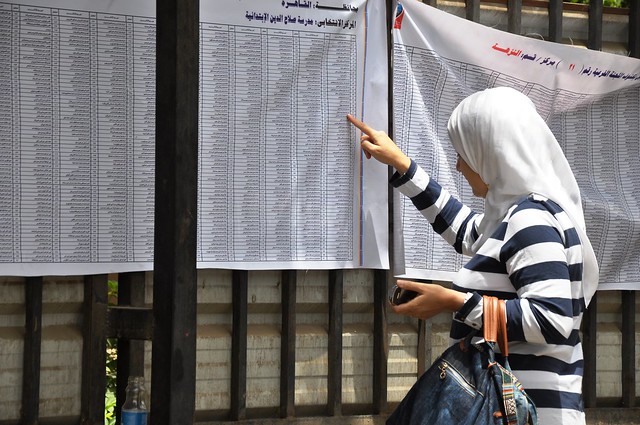Islam and Government
EGYPT
Following Egypt’s reign of pharaohs, Egypt was a relatively controlled power, whether that be under Roman, Ottoman or British power. It is only a recent occurrence that Egypt has had the ability to rule itself.
After the revolution of 1952, in which the British-backed King Farouk was removed, Egypt returned to a period of self-rule plagued with dictatorships and corruption. The first true, modern, multi-party election as we would think of it was held in 2005. This election, while it was a step in the right direction, was marred by voter fraud, boycotts, and ballot stuffing. With a voter turnout below 30 percent, the incumbent Hosni Mubarak won with 6.3 million votes or 88 percent of the popular vote. The elections of 2010 did curb some of the problems presented in the 2005 elections, but it was still seen as a corrupt and potentially rigged election (B.N. Collection 2013).
For the sake of conciseness, we will take a deeper look at the government and elections following the Arab Spring revolution in which Hosni Mubarak was removed from power and the nation was put under military control. Mubarak left office on Feburary 11th ,2011, and presidential elections were held the coming March and parliamentary elections were slated for the preceding November.
Governmental Structure and Voting Rights

The Egyptian government is a three tiered system consisting of an Executive, Judicial and Legislative branch. The Egyptian legislative branch is bicameral. It consists of the Shura Council, elected for six-year terms, and the House of Representatives, whose members are elected to serve five-year terms. Voting rights are extended to all men and women of 18 years of age or older. Furthermore, twelve percent of the legislative seats are reserved for women. The president is elected to a six year term with a two term limit. (Bureau 2013).
Major Parliamentary Parties for the 2011-2012 Election
Following the Arab Spring, the Muslim Brotherhood was very popular and as such won a majority in the legislature under the official title of the Democratic Alliance for Egypt. There are sixteen other recognized political parties, of which the top three receiving votes are listed.
| Party | Ideology/ Connections | Votes | Vote Percentage | Seats Won | Major Constituent Parties |
| Democratic Alliance for Egypt | Islamist- Muslim Brotherhood | 10,138,134 | 37.5% | 235/508 | -Freedom & Justice Party-Dignity Party |
| Islamist Bloc | Islamist- Salafi | 7,534,266 | 27.8% | 123/508 | -Al Nour Party-Building & Development Party |
| New Wafd Party | National Liberal | 2,480,391 | 9.2% | 41/508 | NA |
Presidential Election
Following a close presidential election, there was a run-off between the top two candidates: Morsi, a known friend of the Muslim Brotherhood pictured at right; and Shafik, a political independent. They were vying for a six year presidential term of which there is a two term limit.
| Candidate | Party | Votes | Vote Percentage |
| Mohamed Morsi | Freedom and Justice Pary | 13,230,131 | 51.7% |
| Ahmed Shafik | Independent | 12,347,380 | 48.3% |

President Mohamed Morsi, by European External Action Service – EEAS, used under ![]()
Violence
Morsi, backed by the Muslim Brotherhood, was sworn in by the Supreme Constitutional Court on June, 30th 2012 as Egypt’s first democratically elected president.
These elections were likely all for naught as nearly a year after Morsi’s election, he was ousted and the head of the Consitutional Court was appointed interim president on July the 3rd 2013 (N.Y. Collection 2013). This was the result of millions of citizens taking to the streets to protest believing that Morsi had failed them and had not delivered on his promises. Over the duration of the protest, dozens were killed and hundreds were injured.
1.) Bureau of Near Eastern Affairs. US Relations with Egypt. Washington D.C: US State Department, 2013. http://www.state.gov/r/pa/ei/bgn/5309.htm
2.) Collection, BBC News. Egypt Profile. November 26, 2013. (accessed November 29, 2013).http://www.bbc.co.uk/news/world-africa-13313370
3.) Collection, New York Times. Time Line of Turmoil. August 15, 2013. Accessed November 24, 2013).